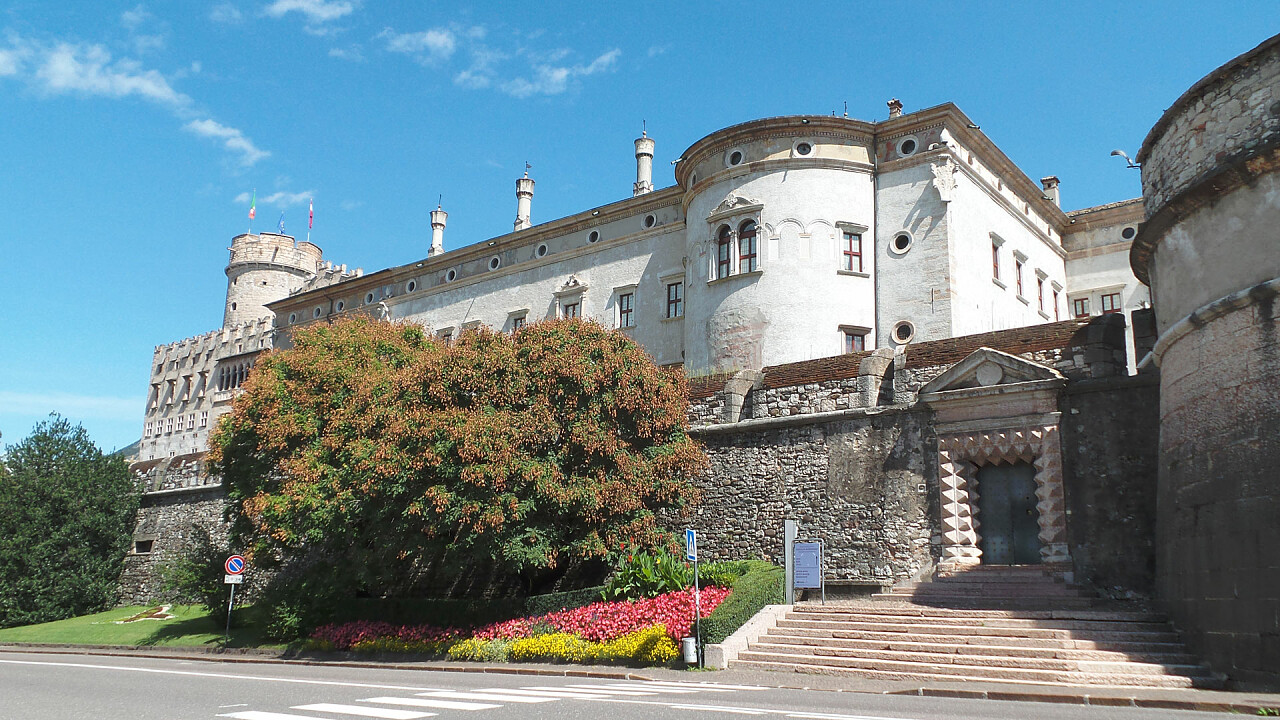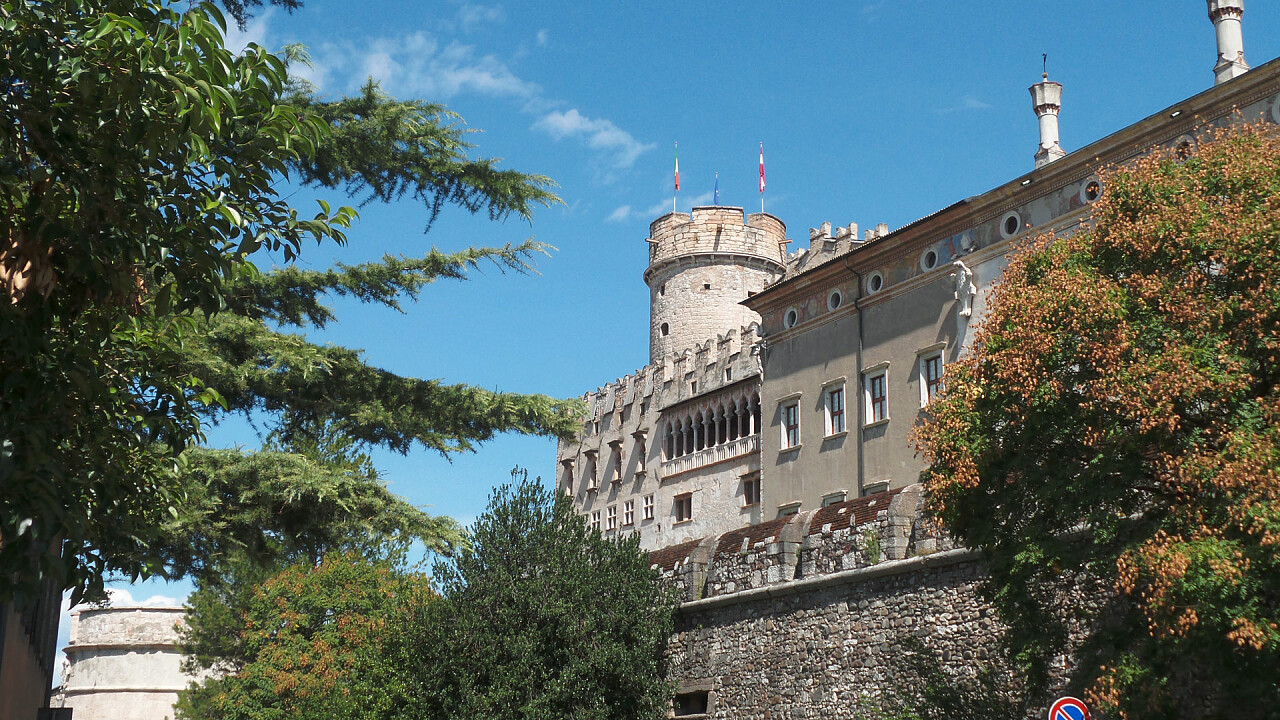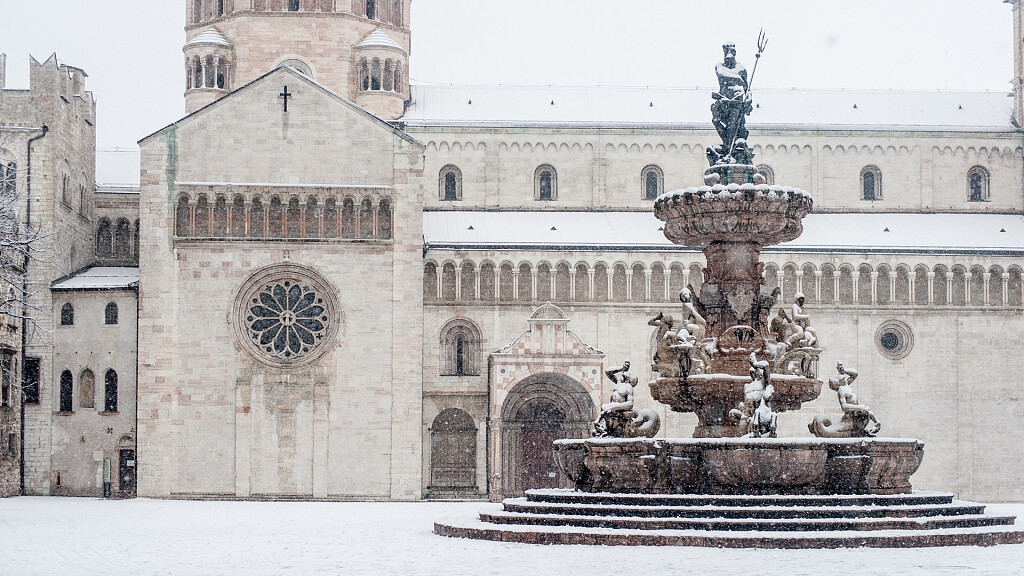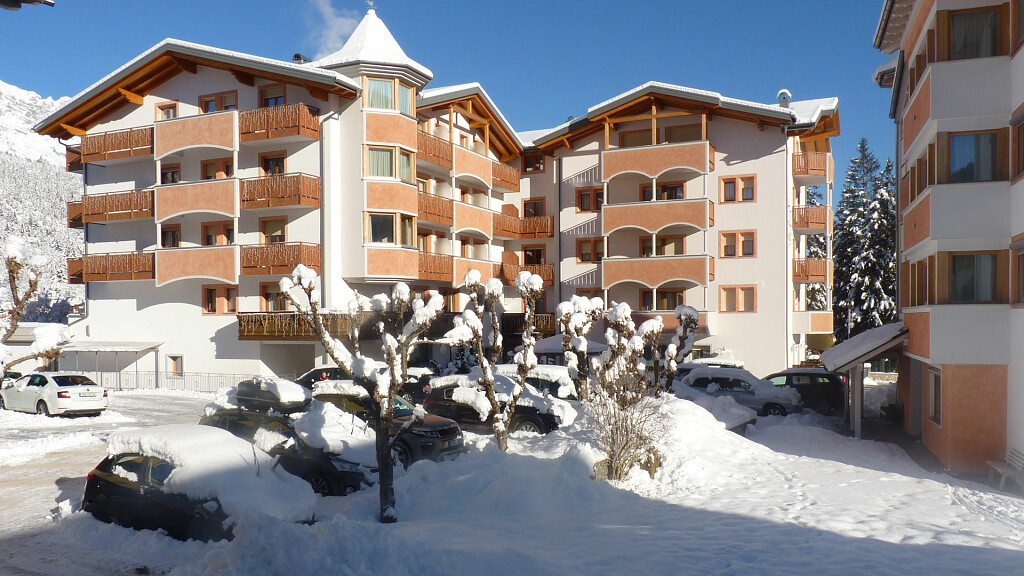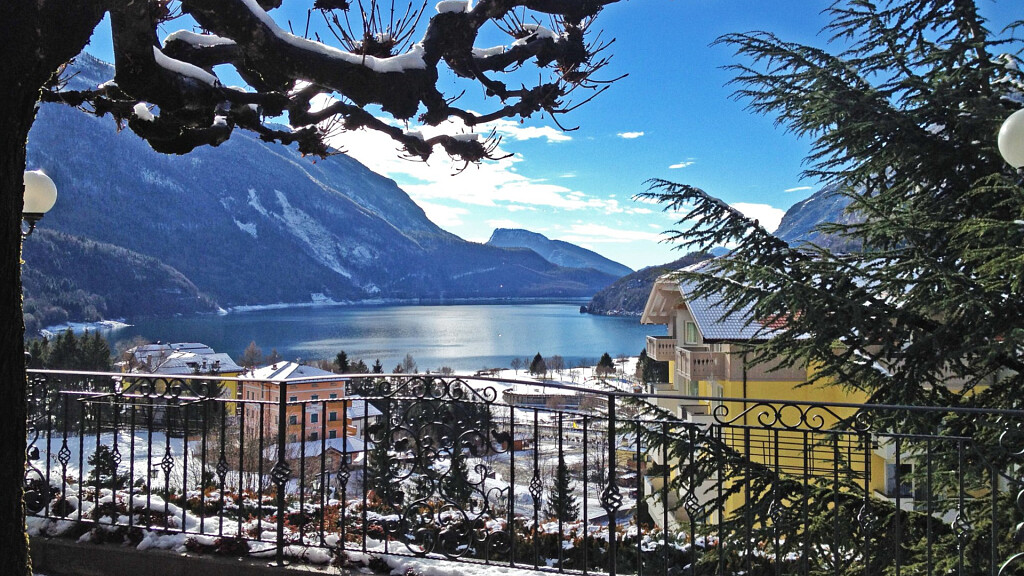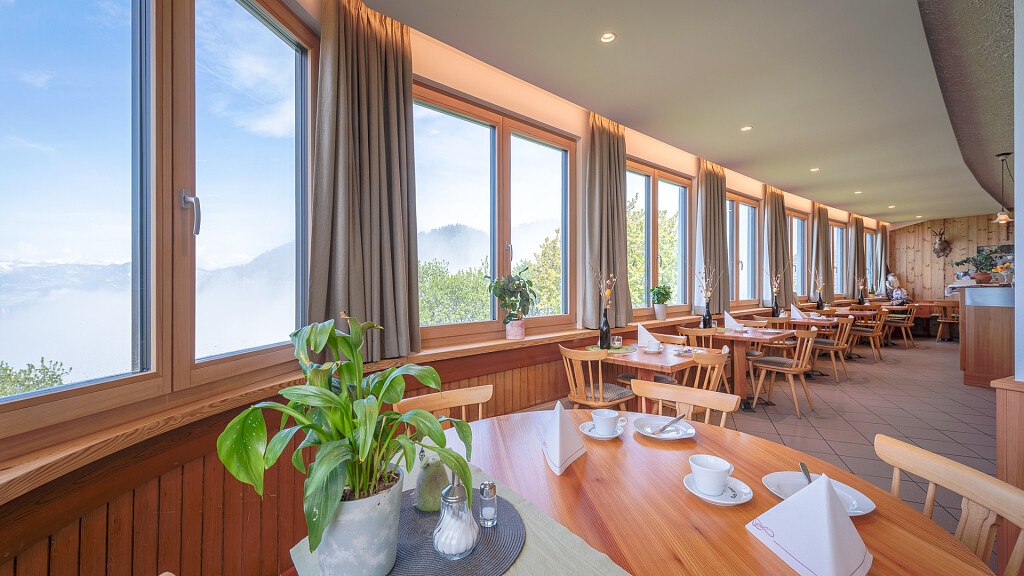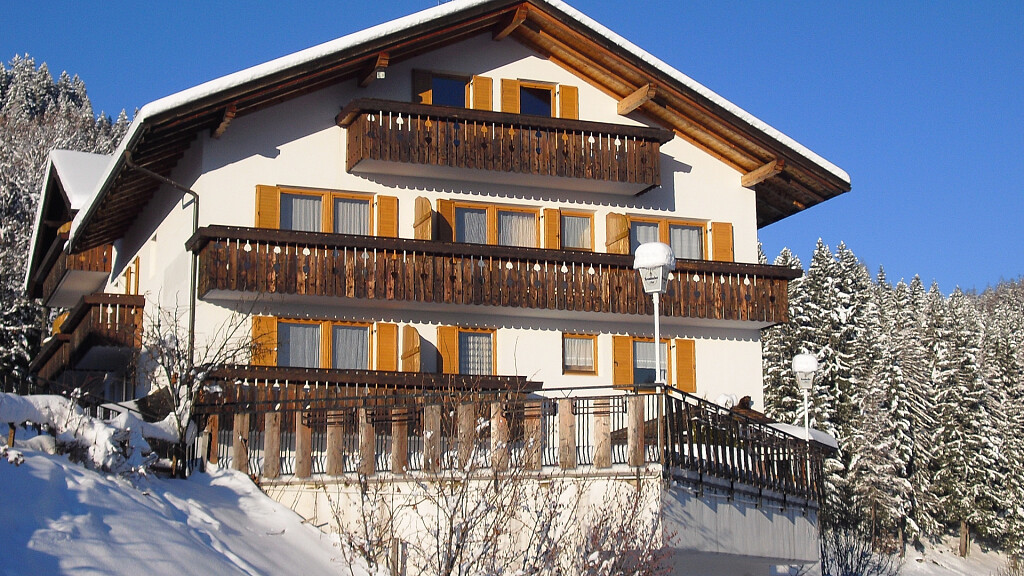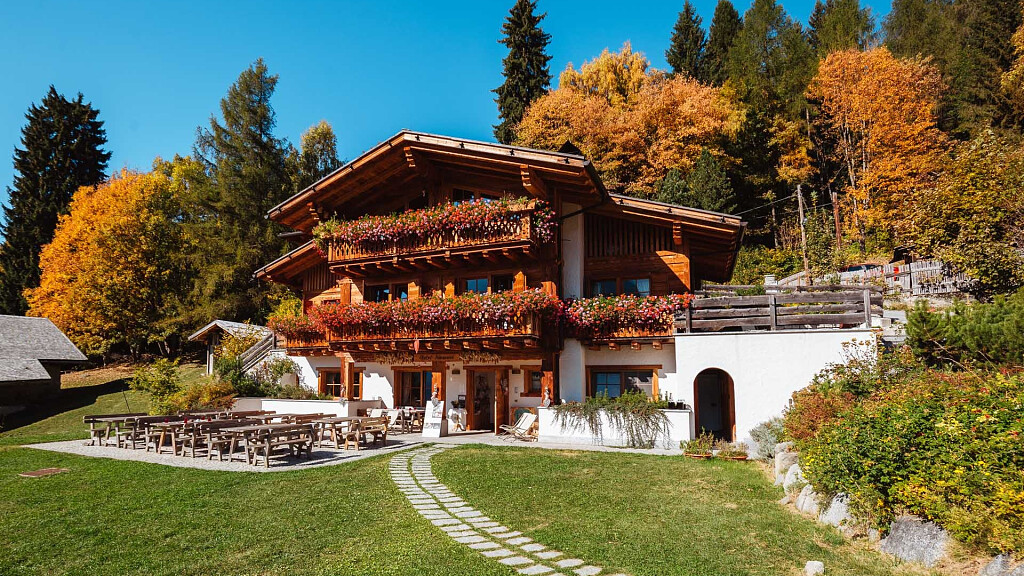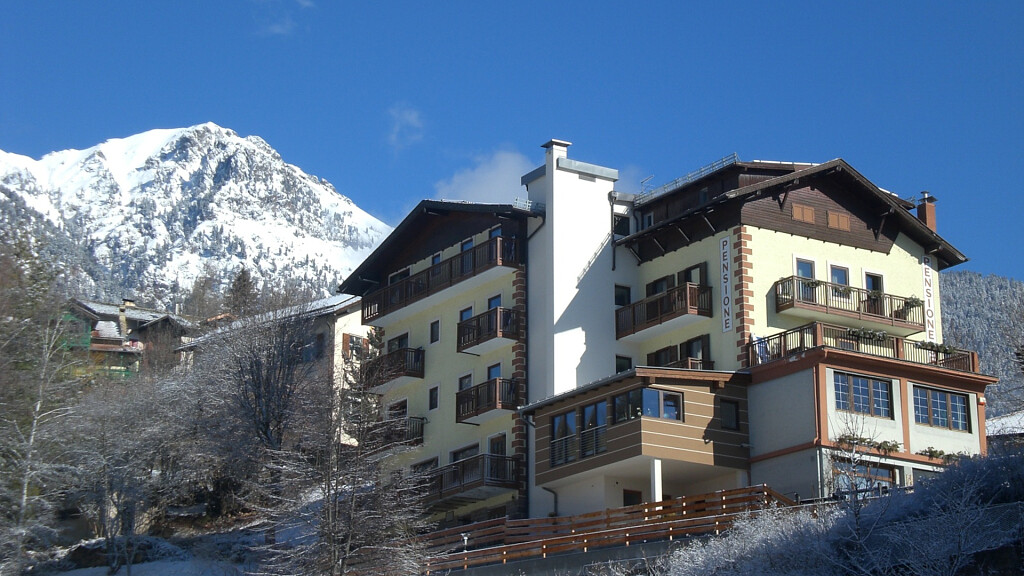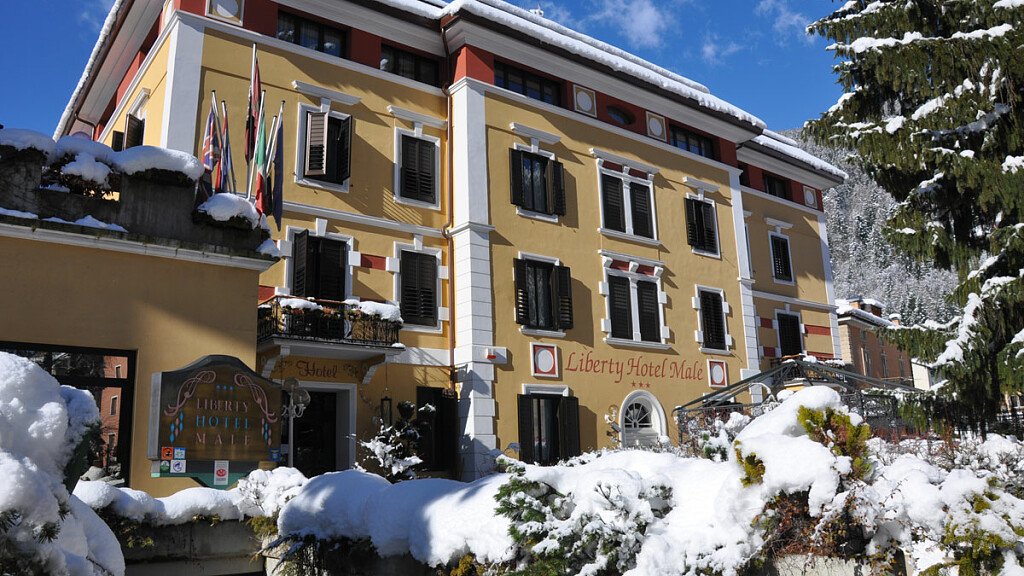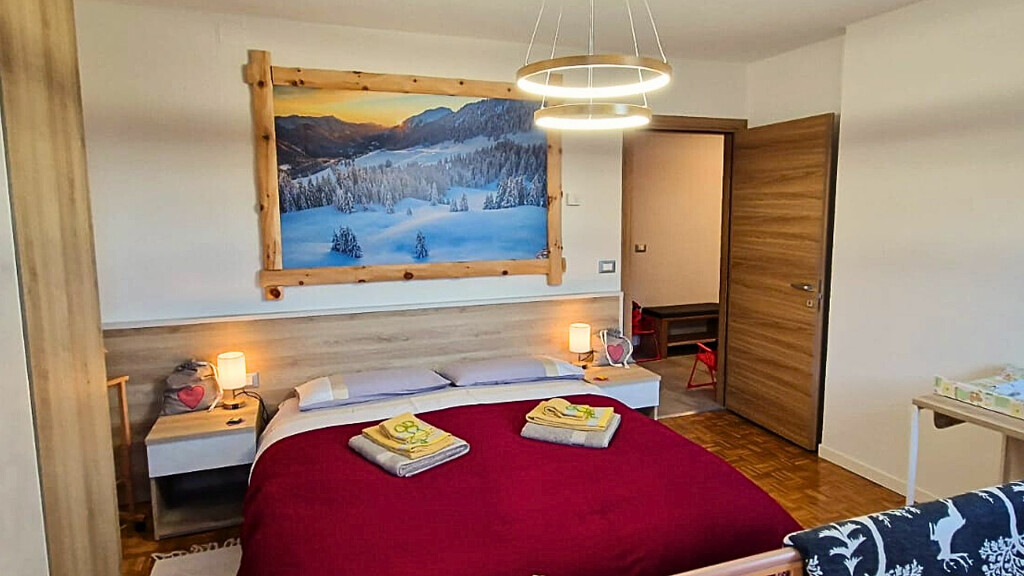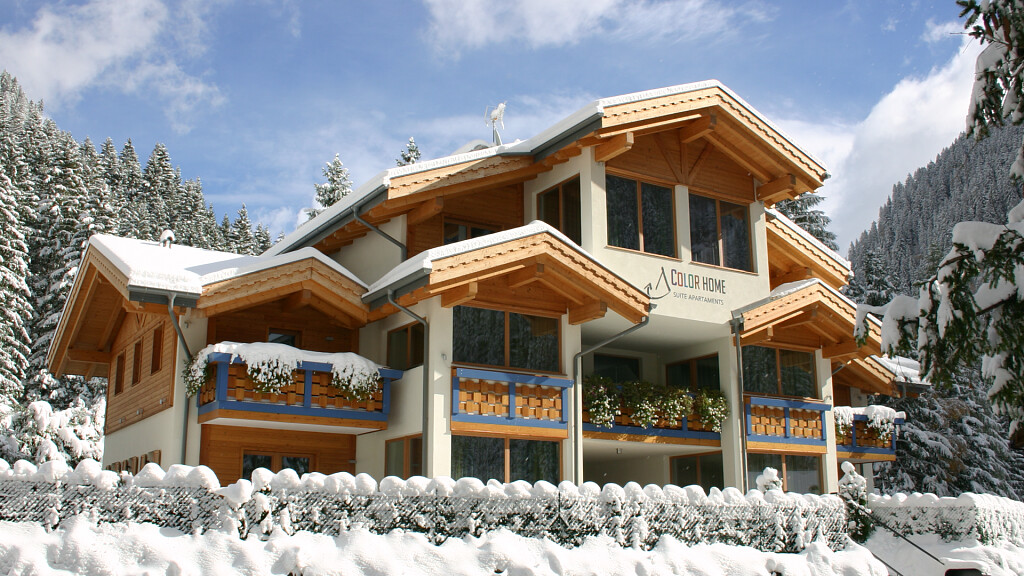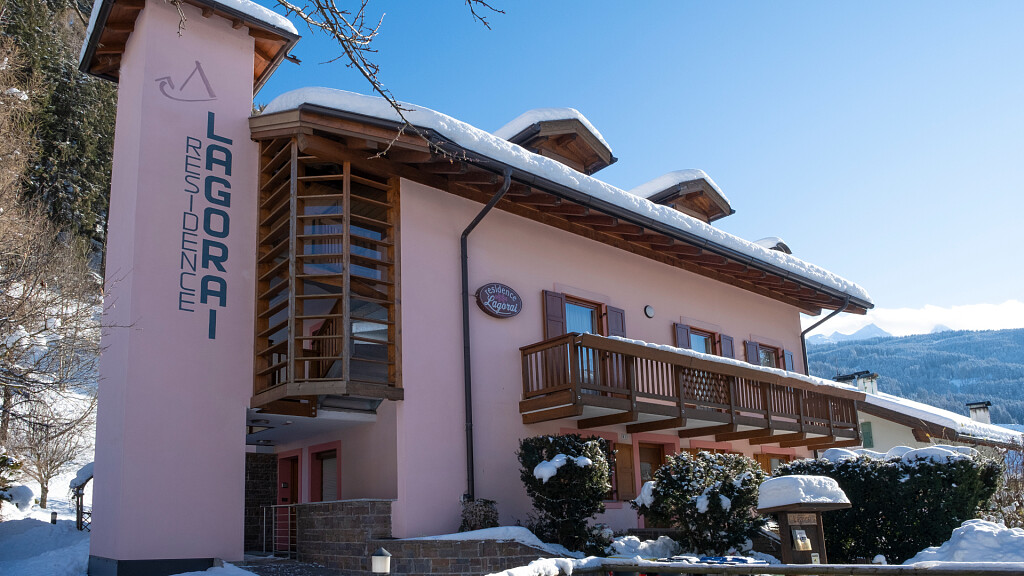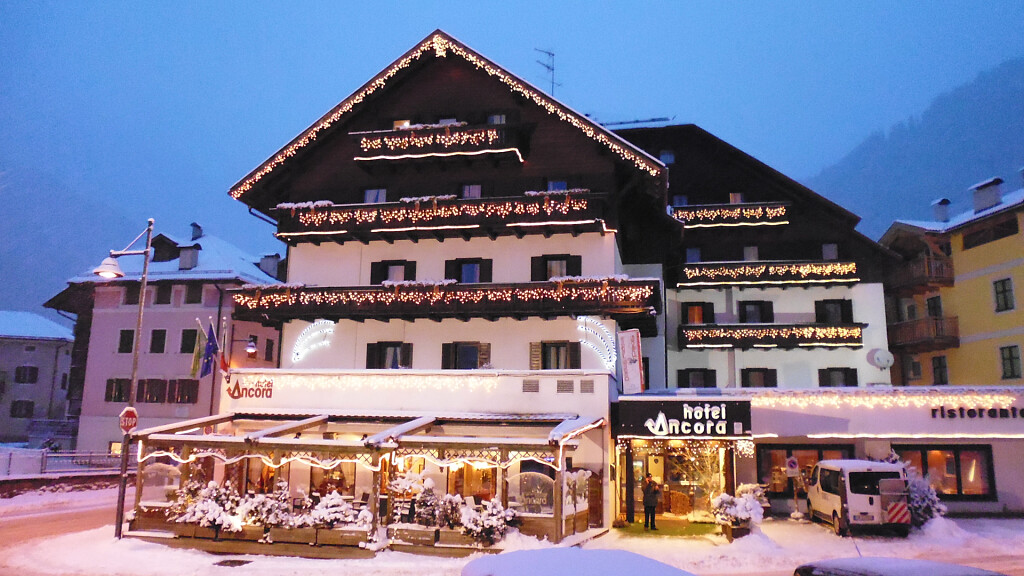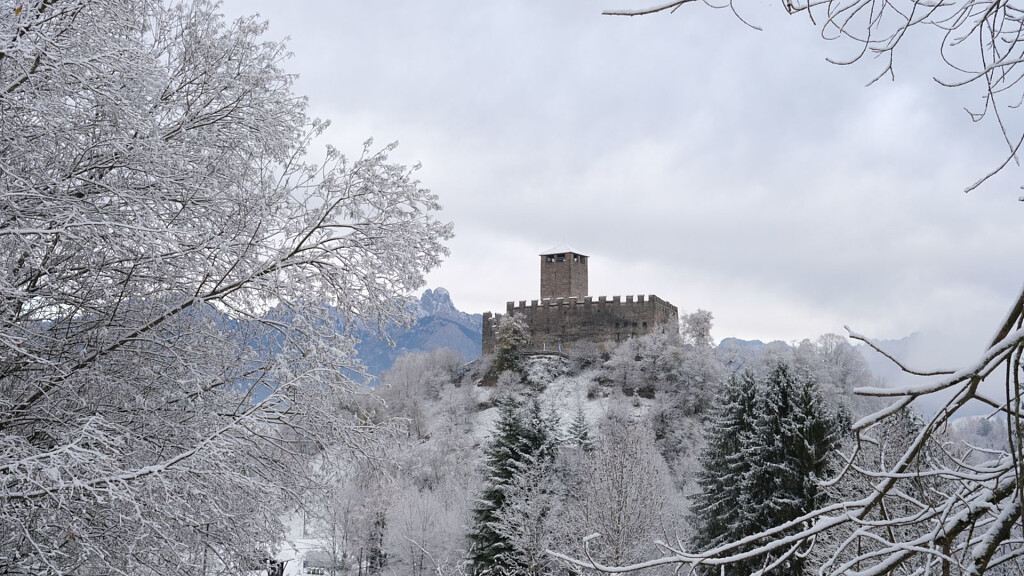This castle was built to control the road that led to Germany and eventually became the residence of the bishop-princes before and after the famous Council of Trent. The castle-symbol of Trent which is certainly one of the most important monument of the town, had been the prestigious residence of the Cardinal Bernardo Cles (XVI century). It is also remembered as the place where many Italians had been imprisoned and condemned to death during the First World War. Today the Castle houses the Monuments Museum, many Provincial Collections, the Historical Museum of Trent and the Archaeology Protection board.
This castle is the symbol of the temporal power of Trentino's bishops and of Trento's Italian character.
It has been the seat of many important historical events: from the fight against the Tyrol counts to the Council of Trent, from the Napoleonic occupation to the execution of the Trent heroes Cesare Battisti, Daminiano Chiesa and Fabio Filzi, and eventually to the birth of the Autonomous Province of Trent.
The castle is considered one of the most important urban fortresses, thanks to its rich and fine architecture.
The castle dominates the city from a rocky spur and consists of two main parts: Castelvecchio, the oldest portion of the building of medieval origins, built in the Romanesque and gothic style starting from the XIII century around the August Tower, and the Renaissance Magno Palazzo, built by the prince Bernardo Cles in the XVI century. In the XVII century the bishop-prince Francesco Alberto Poia decided to built the famous Giunta Albertiana between Castelvecchio and Magno Palazzo.
Veneto artists such as Marcello Fogolino, Gerolamo Romanino and the Dossi brothers frescoed, in the Renaissance period, many parts of the castle.
Core of Castelvecchio portion is the courtyard surrounded by three open galleries, whereas in the Magno Palazzo the core is the chapel with its Olympus Deities and the Domus Orationis and eventually in the Giunta Albertiana there is the rich Chamber with the black fireplace and the Audience room. The Loggia planned by Alessandro Longhi and the baroque stuccos by Giuseppe Alberti are worth a mention.
Well-known all over Europe is the cycle of frescoes called Ciclo dei Mesi (cycle of the months) painted at the beginning of the XV century by an anonymous Bohemian painter probably identified as Venceslao on commission by the bishop prince George of Liechtenstein. They depict medieval life, month by month, comparing the richness and splendour of the courts with the fight for survival of the poor. Ciclo cei Masi is located in the Torre Aquila (Eagle Tower).
The Buonconsiglio Castle belongs to the Autonomous Province of Trent and houses the Monuments Museum, the Museum of the Provincial Collections, the Historical Museum of Trent and the Archaeology Protection boards.
Tickets
Full: 10.00€
Reduced: 8.00€ (People aged of 65 years and over, groups of visitors, recognised as such by the museum, comprising at least 15 paying visitors, associates or members of public and private organisations recognised by the museum)
Redueced Young (Visitors aged 15 to 26 years old): 6.00€
Torre Aquila (Eagle Tower) visit: 2.00€ (Additional ticket, over and above the entrance fee, with or without the audio-guide service. Timetabled visits, every 45 minutes)
Closed all non-holiday Mondays, 25 December
For further information
Castello del Buonconsiglio
Via Bernardo Clesio, 5 - Trento
Tel (+39) 0461 233770

